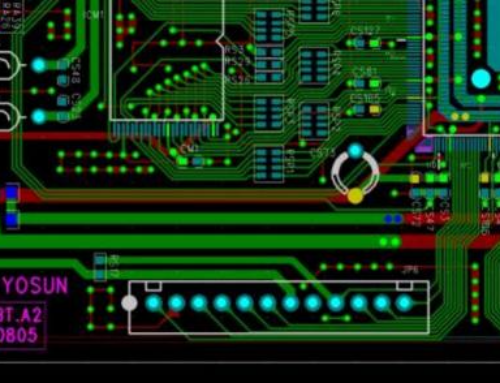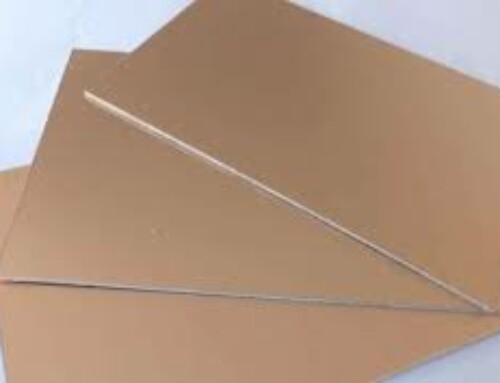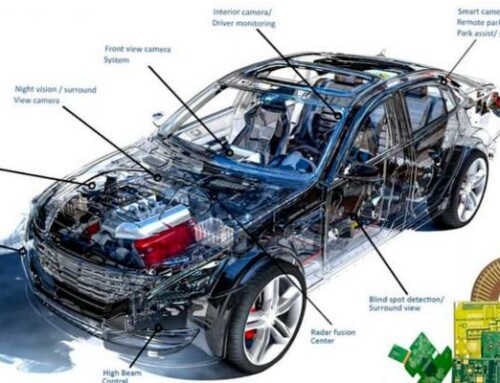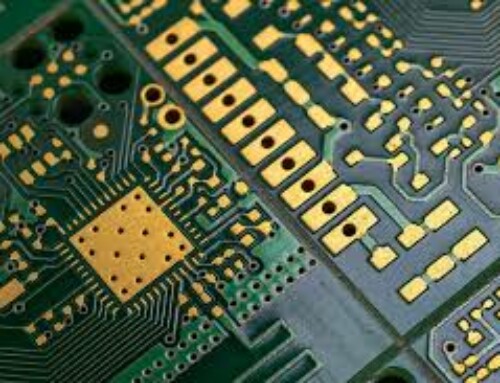There are several types of m-flex PCBs, including:
1. Single-sided flex PCB: This type of PCB has a single conductive layer on one side of the flexible substrate.
2. Double-sided flex PCB: This type of PCB has conductive layers on both sides of the flexible substrate.
3. Multi-layer flex PCB: This type of PCB has multiple layers of conductive material on the flexible substrate, providing more complex circuitry.
4. Rigid-flex PCB: This type of PCB combines both rigid and flexible substrates, allowing for more complex designs.
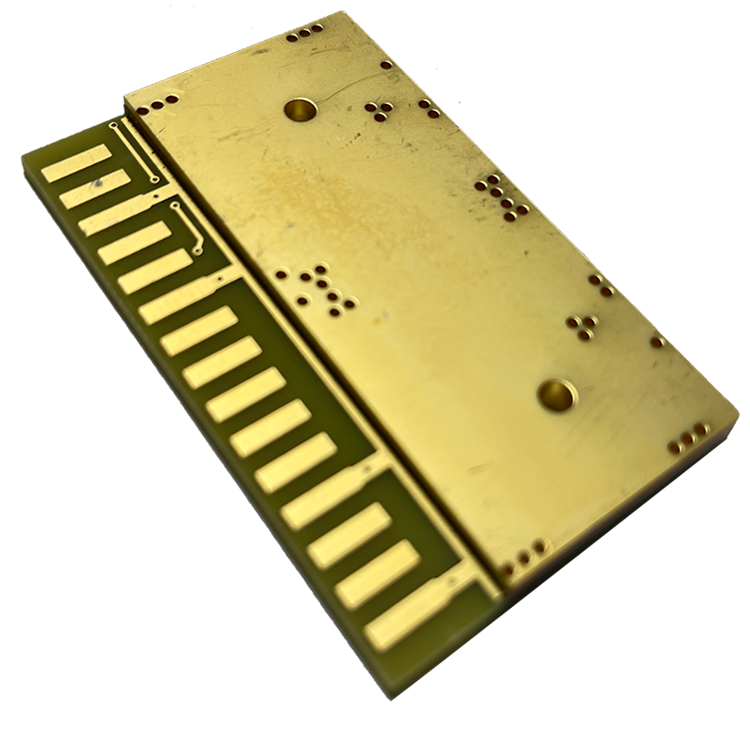
5. Sculptured flex PCB: This type of PCB has a three-dimensional shape, allowing it to fit into non-planar spaces.
6. Stacked flex PCB: This type of PCB has multiple layers of flexible substrates stacked on top of each other, allowing for higher density circuitry.
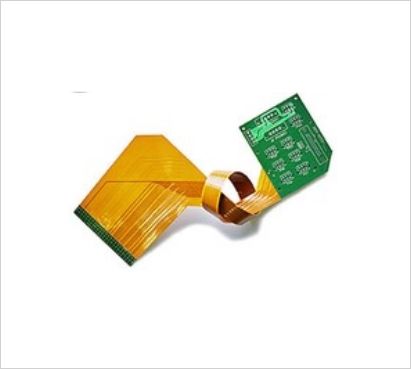
the role of m-flex pcb
The role of m-flex PCBs is to provide a flexible and reliable interconnect solution for electronic devices.
They are used in applications where traditional rigid PCBs cannot be used due to space constraints, weight limitations, or the need for flexibility.
M-flex PCBs are designed to bend and flex without breaking,
allowing them to be used in applications where the PCB needs to conform to a specific shape or be able to withstand repeated bending and flexing.
They are commonly used in products such as smartphones, wearables, medical devices, and automotive electronics.
The use of m-flex PCBs can also reduce the overall size and weight of electronic devices, making them more portable and easier to use.
Other PCB products, you may interesting










